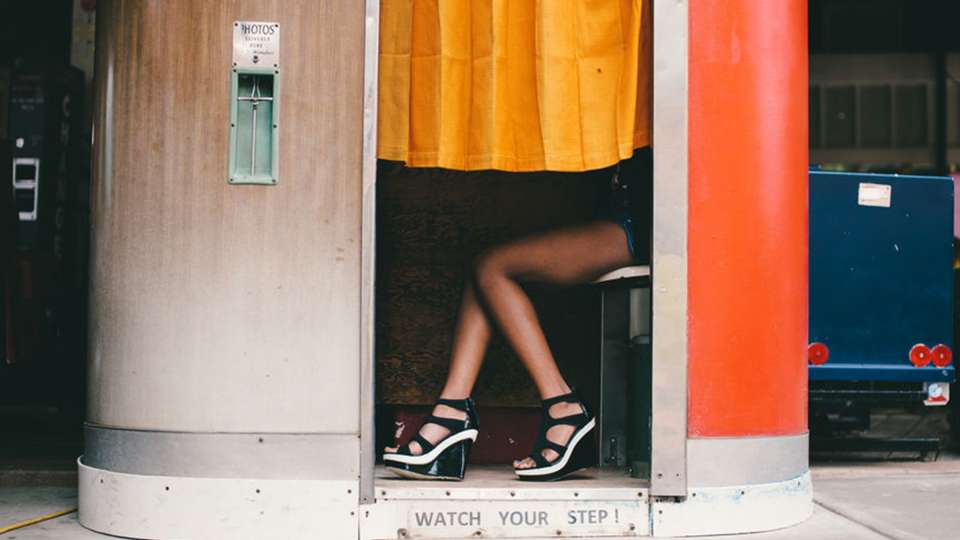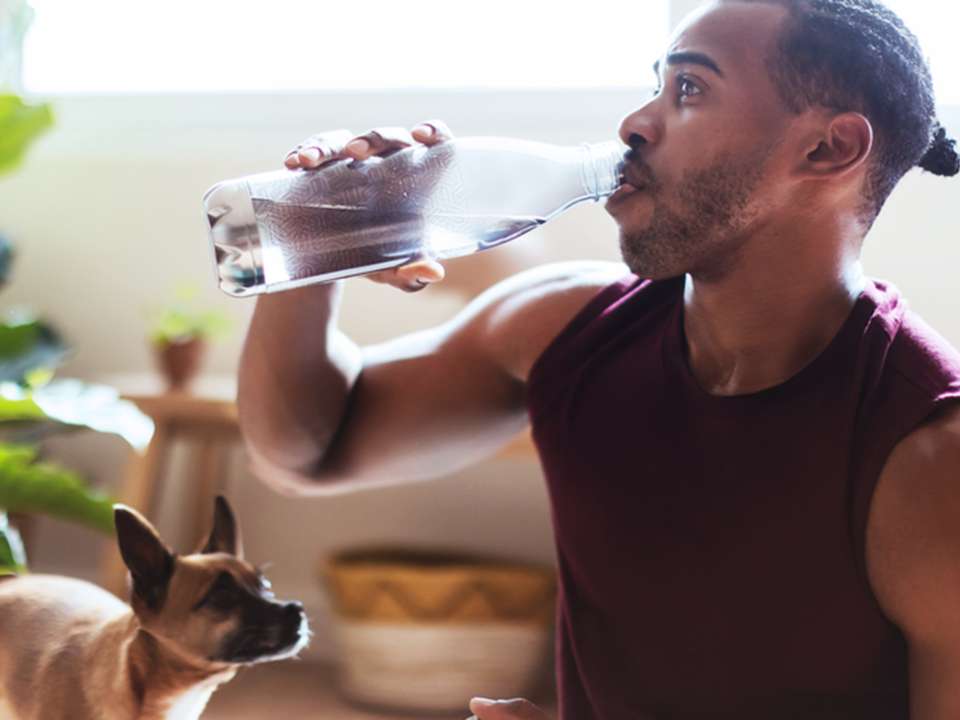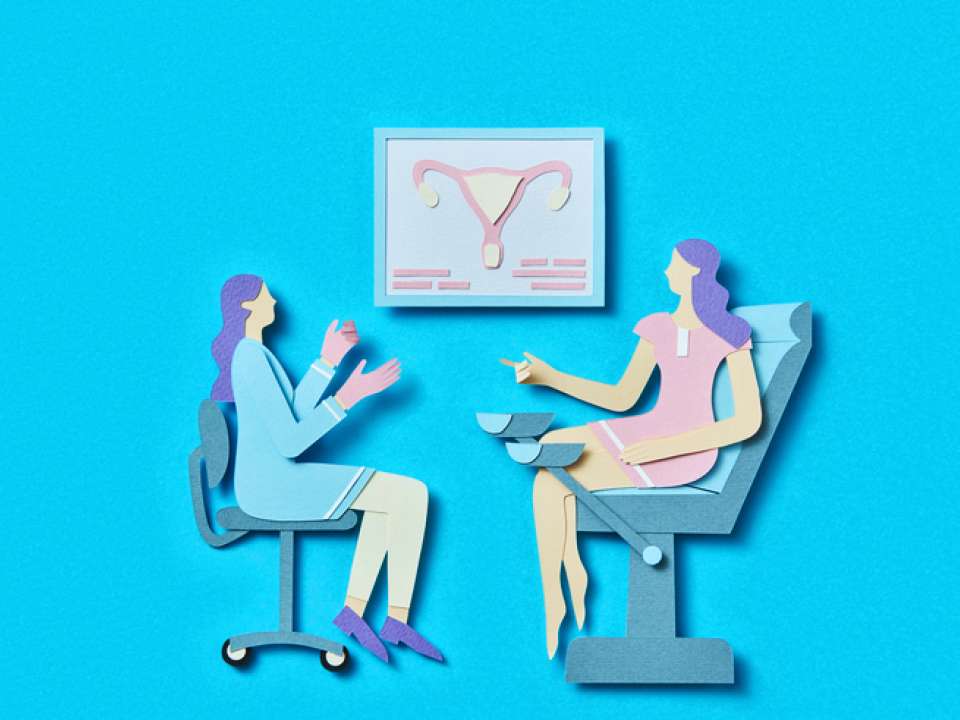
Of course you want to wear fabulous shoes. But you don’t want to ruin your feet for life, or even for tomorrow, because you have plans — to wear those same shoes that you’re head-over-heels in love with again, thankyouverymuch.
We get it. And, fortunately, so does Sara Mahmood, D.P.M., a podiatric surgeon at the Vascular Center at UW Medical Center - Northwest, who shares her tips for wearing on-trend shoes without tormenting your tootsies.
Five qualities to look for in your shoes
1) Not too bendy front to back. The sole of the shoe should not bend too much in the middle where your foot normally flexes. If the sole of the shoe can easily bend in the middle, it may not offer adequate support.
2) Stable heel counter. The heel counter of your shoe is the back and side portion that cups your heel. The heel counter should be firm, supportive and not “give” too much.
3) Not too bendy side to side. The sole of your shoe should not twist too far from side to side. If you try to wring your shoe like a washcloth, you shouldn’t be able to.
4) Roomy toe box. Your toes need at least a little room to wriggle and roam. If you adore narrow, pointy-toed shoes, the front of the shoe should only begin to narrow above the toes.
5) A good fit. Shoes that are well-constructed — and also too small for your feet — will be as problematic as shoes that are not well-made in the first place. Mahmood recommends shopping for footwear toward the end of the day as gravity makes your foot just a tiny bit bigger as the day progresses.
OK, all good suggestions, but let’s get to the real point here. What about your favorite pair of shoes? The stilettos that make your legs look long, lean and lanky (or as long, lean and lanky as they’re ever going to get anyway): Can you get away with wearing those?
The good news and bad news about heels
There’s a reason that most of us aren’t sporting heels like Lady Gaga. Besides costing an arm and a leg, the pain from wearing footwear like hers would bring most of us to our knees. In fact, some of her more infamous footwear choices — platform boots, anyone? — come with disclaimers like “intended for use in a sitting or lying-down position.” (Huh.)
While at least not a long fall from a short ledge, even the 3- to 4-inch heels you might wear to put your best foot forward at work are still hard on your feet.
“The higher the heel, the more pressure on the ball of the foot,” says Mahmood. “The ball of your foot is there to help you push off. If you put all this pressure that is not meant to be there, you’ll get pain.”
And pain, which is secondary to inflammation, is a sign that you’re doing damage to your feet — damage that you’ll have to foot the bill for sooner or later: hammer toes, bunions, shortened Achilles tendons, stress fractures, heel spurs or Morton’s neuroma, a sharp, burning pain in the ball of your foot due to a thickening of the tissue around one of the nerves leading to your toes. Ouch.
That’s the bad news.
But if your idea of a nightmare is sighting a recent ex and his new flame, who is apparently able to wear stilettos without breaking an ankle while YOU’RE in kitten heels, it’s not quite as bad as all that.
The good news is that while Mahmood won’t exactly recommend high heels, she won’t go toe to toe with you over your footwear choices. If you’re going to dig in your heels, there are things you can do to make those heels slightly less bad for you.
Phew. With a little bit of wishful thinking, we’ll consider that permission granted, officially making us footloose and fancy-free.
How to wear high heels without ruining your feet
Since we all know that you are going to wear your favorite statement heels anyway, Mahmood shares these tips for getting away with it.
Wear cushions in your shoes. Gel insoles work best, says Mahmood. And, fortunately, there is an invention known as an ultrathin gel insole that can fit into even the strappiest of heels.
Only wear high heels for 2 to 3 hours at a time. Bring your high heels with you to an event and put them on once you arrive if that’s what it takes to limit your total time. No one needs to know except for maybe your Uber driver.
Don’t wear heels on cobblestones or other unstable surfaces. You’ll be far less likely to take that long fall from a short ledge and twist an ankle or stretch a ligament in the process.
Platform, block heels and wedge heels can buy you a wee bit more air time. Because these styles provide more support, you can get away with wearing them a bit longer than heels that are more tapered — and provide minimal contact with the ground.
Consider 1 ½- to 2-inch heels instead. Heels of this height put less pressure on the ball of your foot, and that’s a good thing, says Mahmood.
And for those of you feeling a little smug right now since you prefer flats to heels, sorry to say that the shoe is on the other foot now.
The good news and bad news about flats
“A lot of women who have heard that heels aren’t good for their feet will think they are doing themselves a favor by wearing flats instead,” says Mahmood.
But while they tend to feel comfortable, flats have hidden health hazards, too, she says.
Remember the list of features that your shoes should have — not too bendy, stable heel counter, proper fit and ample room for your toes? Flats often fail on all counts. Wear flats for too long and you’re practically begging for a case of plantar fasciitis.
That’s when the thick fibrous band of tissue that stretches from your heel to your toes — known as fascia — complains loudly about the repeated trauma inflicted by, you guessed it, your perfect little ballet flats. Yes, the ones with the patent leather cap toe — AND little to no arch support.
Fortunately, Mahmood understands that you’re going to continue to wear those super-cute flats anyway and recommends a fix.
Wear an arch support. There are arch supports small enough to fit into even the smallest of your shoes but sturdy enough to support your arches, she says.
What to consider when shopping for shoes
“Don’t make it too complicated,” advises Mahmood. “Try to maximize your time in good shoes and minimize your time in ones that hurt and you will have already made huge strides in taking better care of your feet.”

 Healthy ideas for your inbox
Healthy ideas for your inbox





